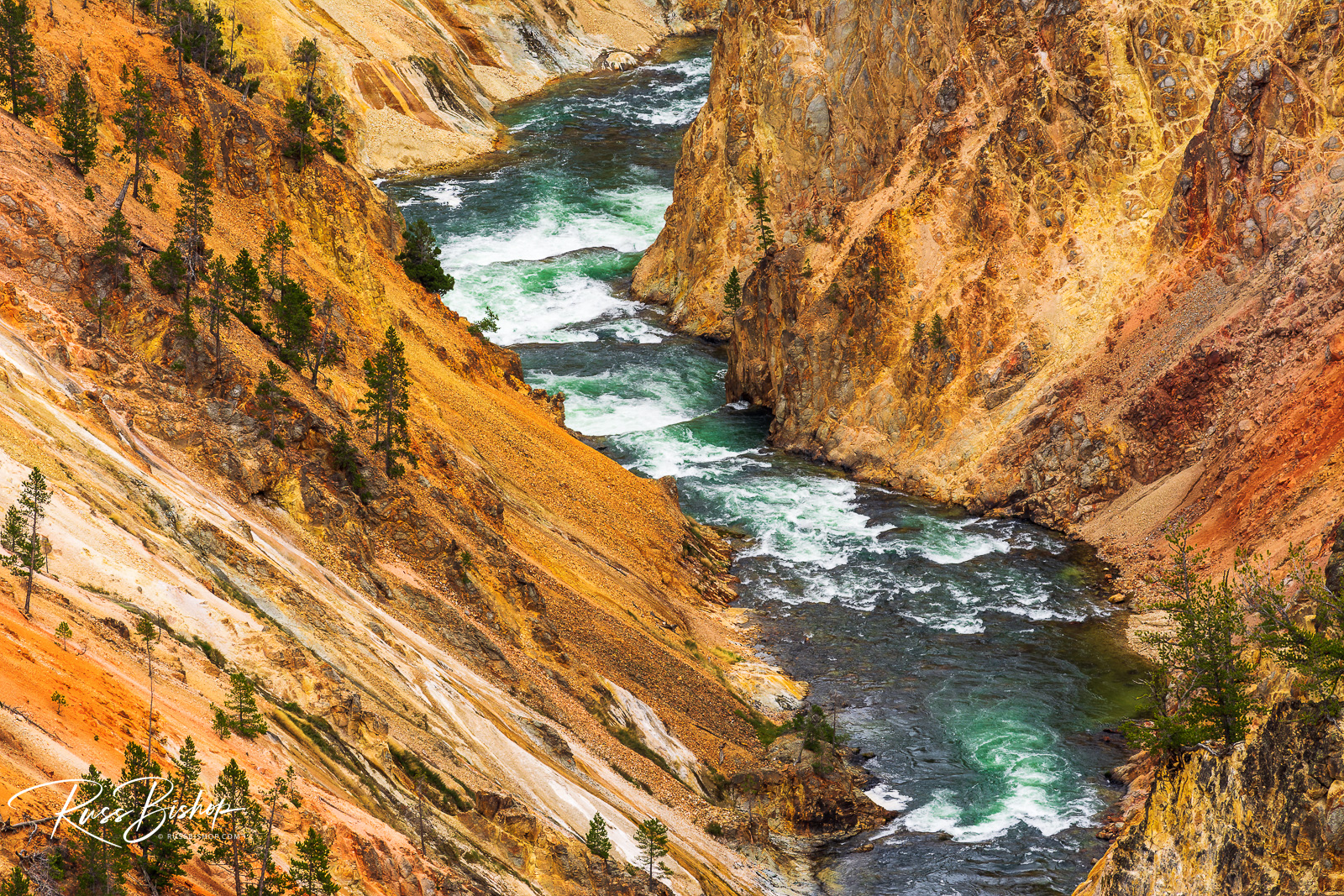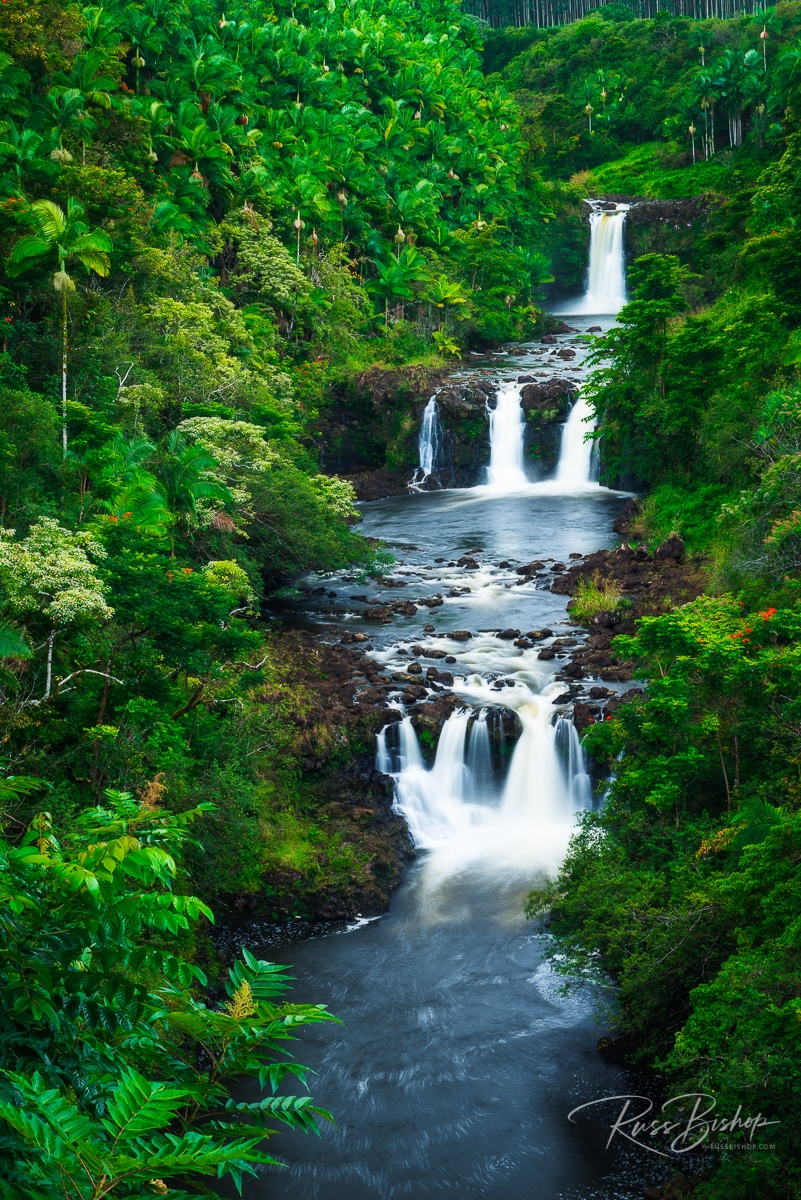
Pu’uhonua o Honaunau National Historic Park (known as the The City of Refuge) is one of my favorite destinations on the Big Island of Hawaii. This tranquil park is tucked away on the Kona coast not far from Kealakekua Bay – the spot where Captain James Cook first visited the Islands in 1778 and soon after met his fate.
In ancient Hawaii this sacred location was both a favorite residence of the high chiefs, and a safe haven for defeated warriors and those who had broken the kapu (ancient laws). Several thatched buildings including a heiau (or temple) and interpretive displays provide a glimpse of what life was like here centuries ago.
Today this quiet palm lined beach and lagoon are perfect for snorkeling or photography, and contemplating the rich island history this park preserves. It is also a sanctuary for the endangered green sea turtles that feed in the shallow cove and frequent the sandy beach to lay their eggs and rest.
Whether you come for the view or to experience a bit of natural history and island culture, this magical spot is well worth a side trip when exploring the Big Island of Hawaii.
©Russ Bishop/All Rights Reserved


